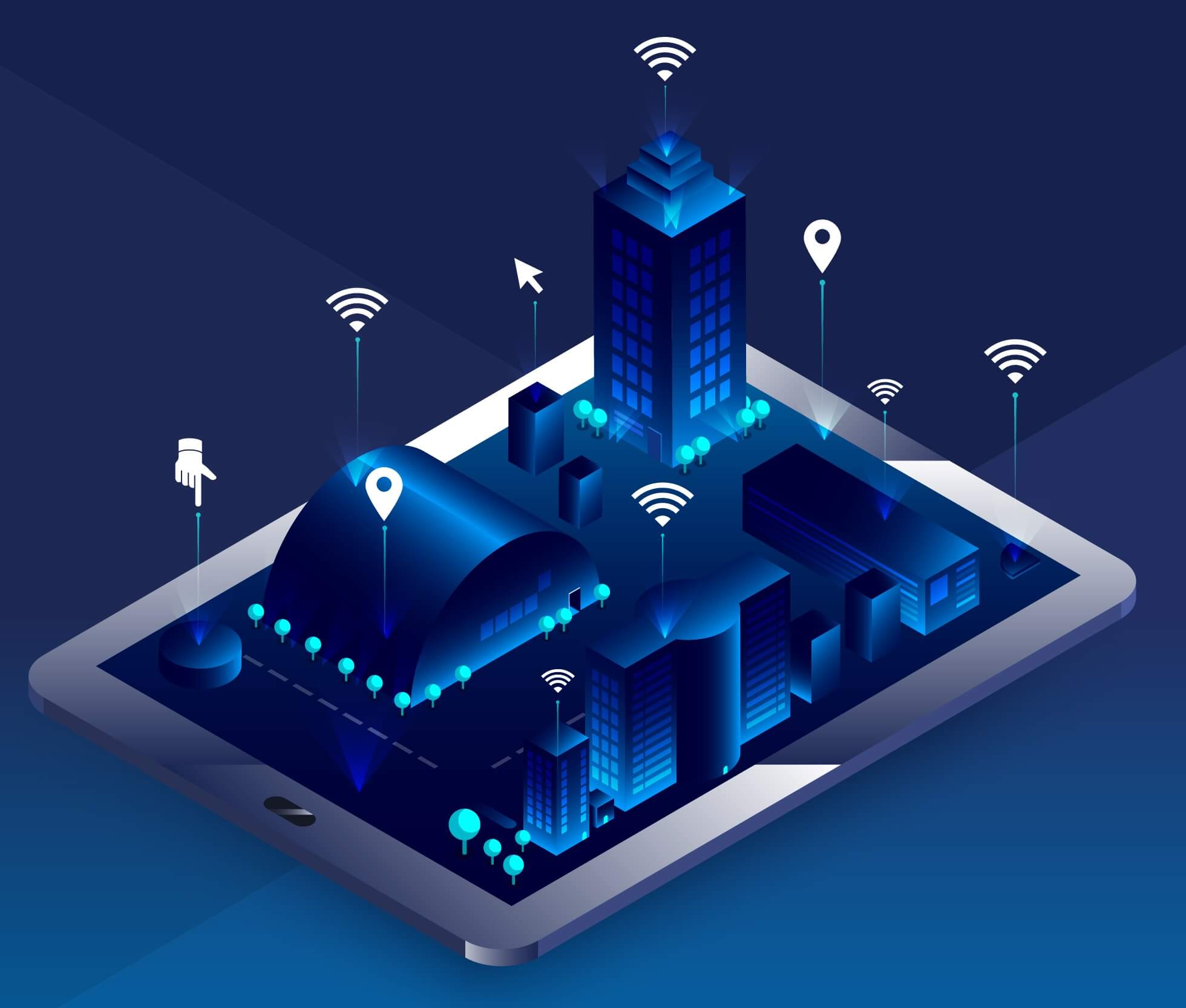Meeting sustainability goals means the building sector needs to improve its environmental performance. Connected buildings using the Industrial Internet of Things (IIoT) enhance their sustainability by allowing better use of energy and resources.
The impact of climate change is evident from our chaotic and intense weather, more frequent droughts, and rising sea levels. Most organisations already understand why decarbonisation is essential, and that sustainability is no longer a recommendation, but a business imperative.
Achieving this can be through real-time monitoring and control of building systems such as HVAC, lighting, and power management. Analysing power usage data can identify inefficiencies and opportunities for optimisation. It can then indicate adjustments and make changes to reduce energy consumption and costs. IIoT can also check the use of resources such as water and improve their efficiency. The use of IIoT in connected buildings can help to improve the sustainability of the building.
According to Schneider Electric, buildings consume over 30% of the world’s energy and are responsible for 40% of CO2 emissions. Achieving net-zero emissions by the middle of this century requires the retrofitting of 85% of the existing building stock. Moreover, from 2030, all new buildings will need to be zero-carbon.
The route to low carbon connected buildings
Energy efficiency will play a significant role in the decarbonisation of the building stock. The International Energy Agency estimates that a 35% reduction in building energy demand is achievable by 2050.
The route to connected buildings is through digital technologies like AI, machine learning, and data analytics, connected by IIoT. These digital solutions are vital to speed up building decarbonisation. While buildings are unique, their core network infrastructure and communications components are similar, encompassing wired broadband, wireless broadband, and IoT connectivity.
These three communication layers need to operate in converged, robust, and secure intelligent architectures in smart buildings. Besides improvements on existing networks, connected buildings also need to support IoT devices. By integrating wireless IoT data with legacy automation networks and enterprise systems, new building efficiency and sustainability levels are possible.
Yet although valuable, the technologies that make building data available to facility managers and owners are not the complete solution. While they monitor performance and turn data and analysis into actionable business insights, it also requires expertise in all facets of a building’s performance. Most organisations do not have the inhouse skills and deep domain expertise needed to optimise building performance.
Digital Services offer Sustainability for Connected Buildings
Schneider Electric Digital Services offer building data, real-time monitoring, and access to expertise. The data coming from cloud-based solutions, like EcoStruxure Building Advisor, delivers data and real-time monitoring. Then experts deliver analysis from remote centres, through a suite of models including EcoStruxure Power Advisor, Asset Advisor, and Microgrid Advisor. The four pillars of energy management within their digital services offer are:
- Reduce energy use
- Enable load balancing and shifting
- Support demand response
- Reduce emissions
Before optimising a building’s energy use, managers must understand the current performance, set targets, and know how to achieve them. The starting point for most companies is reducing wasted energy and lowering overall energy consumption. Here machine learning (ML) plays a pivotal role with real-time monitoring and advanced data analytics.
Microgrids & Onsite Generated Power
Moreover, for load balancing, AI-based energy models enable onsite-generated power when grid power is most expensive to reduce energy costs. It is the first step for a microgrid that can disconnect a building from the grid thanks to local generation. To meet climate change goals, buildings can use AI to track emissions and optimise energy settings to reduce them.
This solution is effective in legacy and new builds. Although net-zero was not a design consideration for most existing buildings, they still have on average 30% efficiency potential. This also offers a rapid return on investment and immediate impact on decarbonisation.
The existing building stock needs upgrading to meet the 2050 sustainability targets. A range of IIoT connected digital services accessing remote expertise offers the optimal pathway to upgrade delivery. Many examples already exist ranging from hotels to office buildings. For more about EcoStruxure Building solutions and digital services, download the eBook.
To discuss your particular need for IIoT connected buildings, please do not esitate to get in touch with our Application Support Team using the contact form below.


